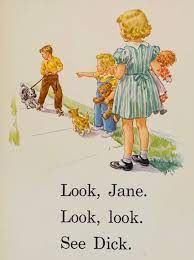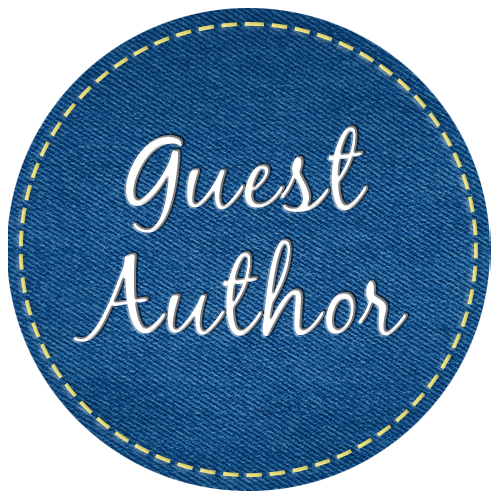
I came into this world in the usual way: one mother plus one father equals one baby girl, born in November, 1950 in the City of Champions, Gadsden, Etowah County, Alabama, which is nestled at the very end of Lookout Mountain.
I have a pretty good memory, at least for the early fifties. Some of my earliest impressions of reading material included books, newspaper comic strips, comic books and postcards. Fortunately, I started life in a family that loved to read.
As the fourth girl in the family, I didn’t remember a time when our house wasn’t littered with books, whether for pleasure or study. Further, like so many other families of the times, we were proud owners of the complete set of the World Book Encyclopedia, bought on the installment plan, which included a yearbook each year to update the owners on the latest knowledge available in print.
Mama was a reader of all kinds of material, conversant on umpteen topics. If she didn’t know the answer when a question was brought up, she would know it soon. Daddy had only a ninth-grade education in public school, but he read widely and made sure we had plenty of opportunities to broaden our thinking.
Occasionally, we made the fifteen-mile trip from our rural home into town to the fascinating Gadsden Public Library every couple of weeks and spent a wondrous time perusing the shelves for interesting reading material.
Then we would check out with as many books as we could carry home and bring them back to repeat the process again and again over the weeks ahead. There was something special in that old library building in Gadsden, and in that atmosphere, that wonderful ‘smell’, the beguiling odor of adventure, excitement, knowledge would come to life again and again.
I started school at our little country school called Highland Elementary in 1957 in the first grade. Very few children had access to kindergarten in those days, only those who went to a private school. My teacher was a wonderful little lady we called Miss Milam. There was another first grade teacher, but according to survivors from her class, they didn’t get to do anything.
Her class was boring. Miss Milam’s class was anything but that. In the middle of the class room, we had a baby bed set up wherein sat a little girl who was there all day long playing with an unclothed doll with a cracked head.
I called her ‘Miss Milam’s baby’. She wasn’t. She was our age and I guess this was representative of early efforts at so-called “mainstreaming.”
Carolyn, one of my forever friends, reminded me of that class because she cried day in and day out. Loudly. Unconsolably. If Miss Milam left the room for a few minutes, Carolyn began to despair of her ever returning and commenced wailing.
I remember, on one occasion, Miss Milam left the classroom for some reason and Carolyn cried…and cried…and cried. A boy, wanting to help and stop the waterworks, moved a chair over to the closed door and set it up against the door. Carolyn climbed up on the chair and looked out the little window, anxiously watching for Miss Milam.
Meanwhile, the teacher, having heard Carolyn’s sorrowful sounds was hastening back to the classroom. When she got to the door, she looked in the window face to face at Carolyn crying piteously, wanting her to come in but blocking the door so Miss Milam could not enter. Just the two. Looking at each other. Neither coming nor going. Just staring. Finally, Carolyn removed the chair and Miss Milam returned to the classroom.
But I digress. How did I learn to read? Well, we had to learn our ABCs. So, we worked daily on each letter, seeing how it was made then practicing over and over on our tablets, lower case and upper case. Learning words that the letters started.
A is for apple. B is for banana. On and on. And it worked. We learned to string the letters into words and how to pronounce the words. Then we would string the words into simple sentences.
Our class was split up into three reading groups, the redbirds, the blue birds and the yellow birds. Each group had its session with the teacher while the other two groups read at their desks and read supposedly silently.
And each of us had a copy of the latest issue of The Dick, Jane and Sally book. “Oh, look, Dick! See Spot. Funny, funny Spot. See Puff Jump Down! Down! Down! Down!” And it worked.
Repetition does teach. We read the words over and over. We read the groups of words (sentences) over and over. And without any fanfare we were learning to read.
And the books had the beautiful, colorful illustration of the perfect children, the perfect Mother and Father, and the perfect pets. Part of the pleasure of learning to read was learning to spell.
I loved clean, white, ruled paper in a neat notebook. I loved discovering words and their meanings. And I loved spelling. I was good at it, therefore I was a good reader. Then one day, my Mama caught me doodling on my school paper and told me not to waste my paper on drawing. I always listened to my Mama.
On the following Thursday, we had our weekly spelling test. So, I sat at a desk on the front row about a foot from where Miss Milam was calling out the spelling words. After the test, students swapped their papers to be graded by another student. Once the papers were swapped, Miss Milam turned to me.
“Audrey, come up here and call out the words with the correct spelling,” she said.
“I didn’t take the test,” I said.
“Why not?” she replied, seeming befuddled.
“My Mama told me not to waste my paper.”
Thanks for reading…. And keep smiling
Audrey Brooks McCarver,
July 25, 2022


